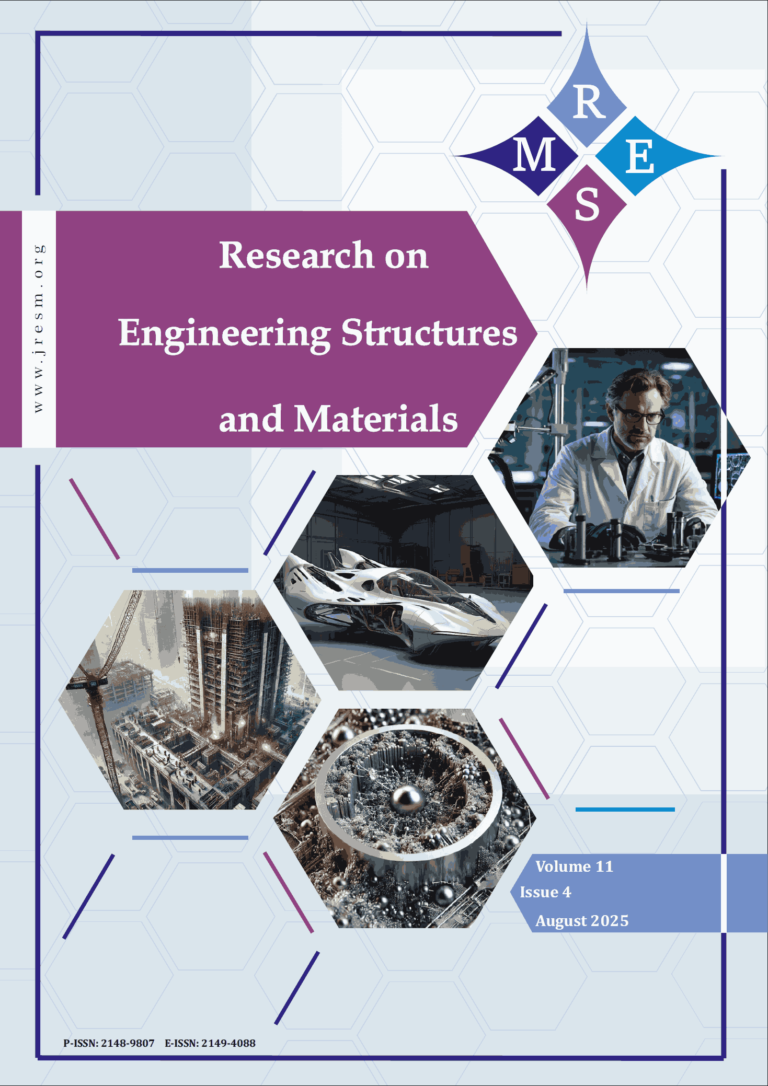The application of lightweight aggregate concrete as a core material for concrete-filled steel tube (CFST) composite columns offer various advantages such as lower self-weight and thermal conductivity, higher fire resistance and durability as well as more resistance against the earthquake loading. In this study, the axial strength of steel tubes filled with normal weight concrete (NWC) and lightweight concrete (LWC) were evaluated by applying two widely used design codes, American Concrete Institute (ACI) and Eurocode 4 (EC4). The assessment included circular steel tubes with variable diameter-to-thickness (D/t) ratios of 30, 60, and 90, coupled with steel yielding strengths of 185, 275, and 450 MPa, while keeping constant wall thickness and length-to-diameter (L/D) ratio. Twelve distinct LWC combinations from the literature, each having verified compressive strength, were employed as infill materials for the steel tubes. A total of 108 results of the ultimate axial strengths predicted by the ACI and EC4 were then investigated and compared to assess their accuracy and applicability to tubes filled with NWC and LWC. A statistical analysis was also conducted to determine the effectiveness of the investigated variables. The findings showed that variations in the D/t ratio had a substantial effect on the ultimate strength of circular steel tube columns filled with NWC and LWC with a contribution rate about 85% according to the statistical evaluation of the ACI and EC4 equations, which is slightly higher in the former. Moreover, the strength predictions by using the EC4 formula gave greater as compared to those obtained by the ACI, ranging from 29 to 54%.
